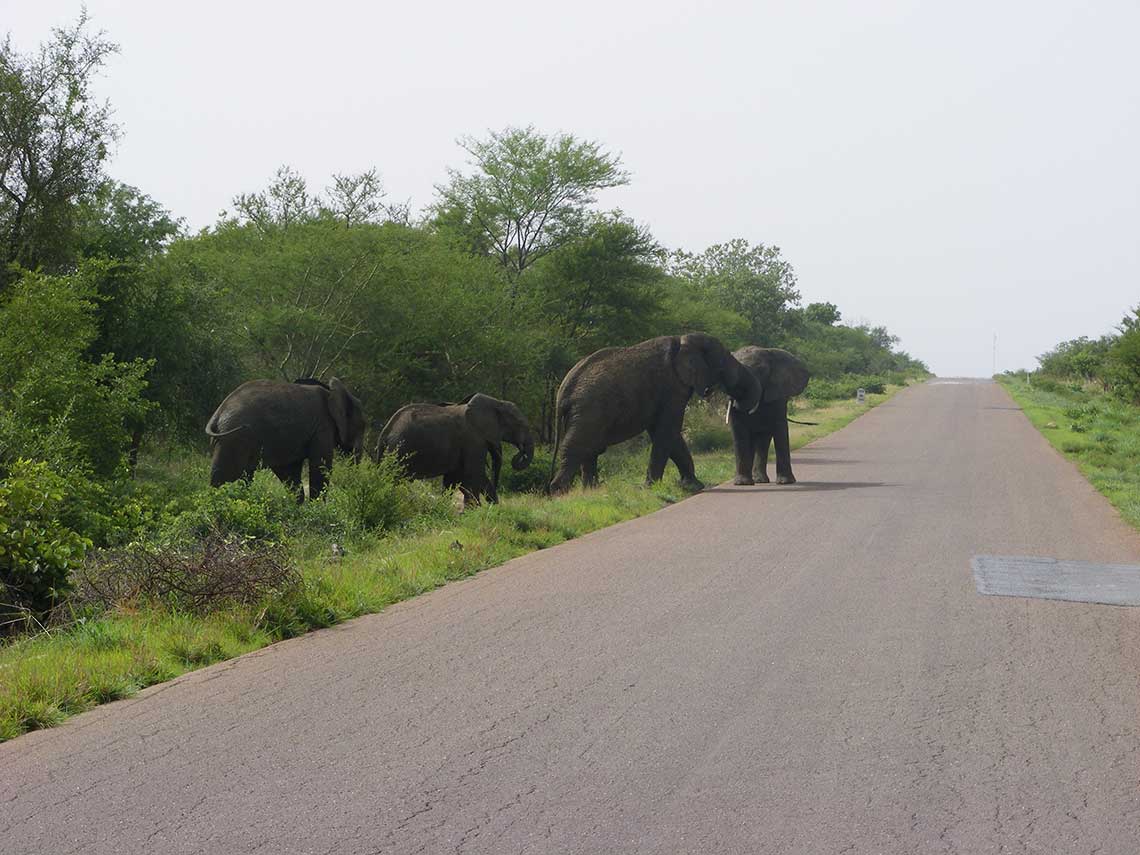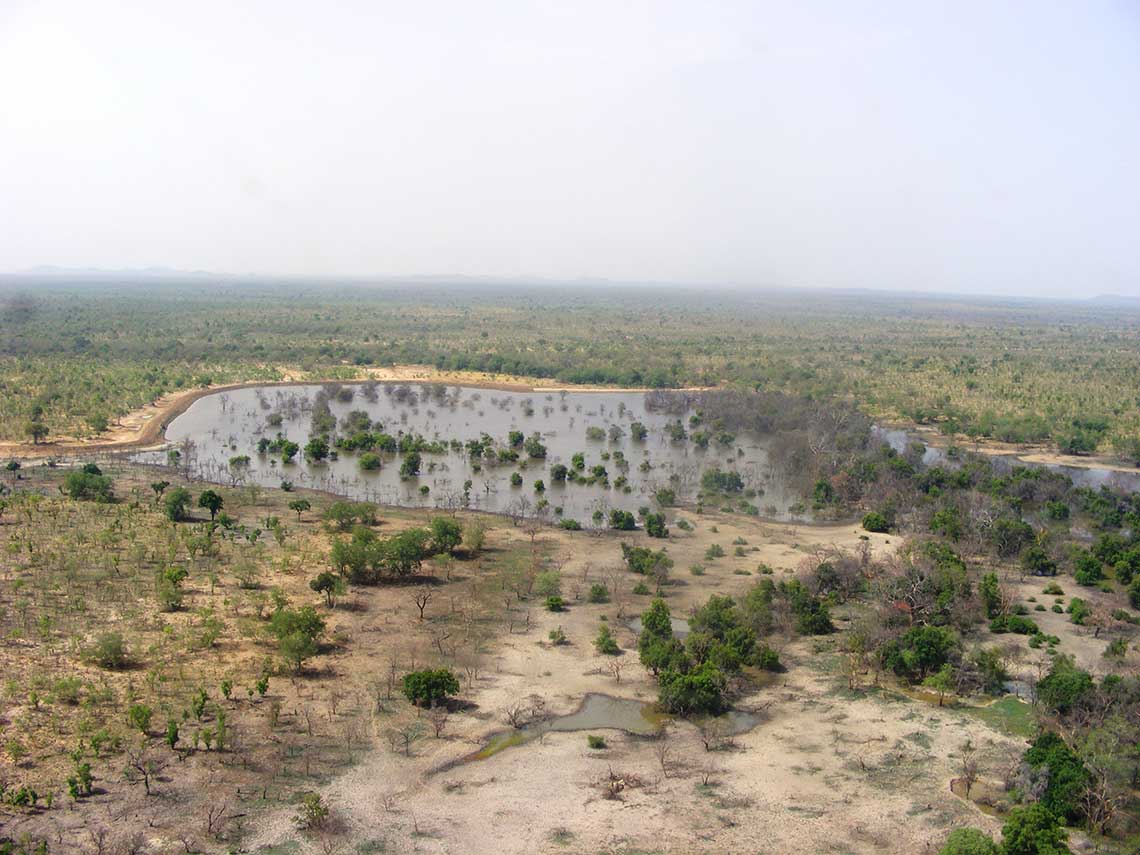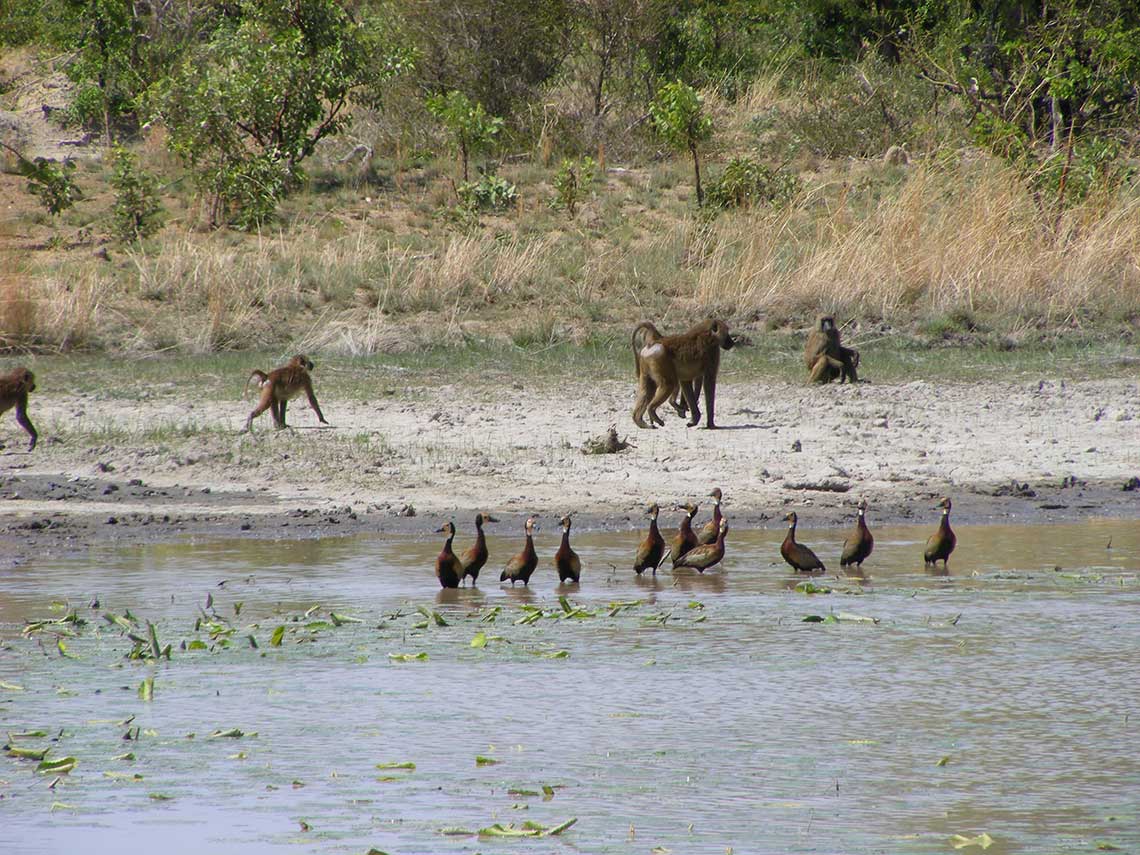Transboundary Biosphere Reserve Program of the WAP region and Integrated Management of the W-Arly-Pendjari Transboundary Complex (RBT-WAP | GIC-WAP).
Designation: Transboundary Biosphere Reserve Program of the WAP region and Integrated Management of the W-Arly-Pendjari Transboundary Complex (RBT-WAP | GIC-WAP)
Client: German Federal Ministry for Economic Cooperation and Development (BMZ) and European Union (EU)
Country: Benin, Burkina Faso, Niger
Supervisory bodies:
Benin: Ministry of the Living Environment and Sustainable Development;
Burkina Faso: Ministry of the Environment, Green Economy and Climate Change;
Niger: Ministry of the Environment, Urban Health and Sustainable Development
Total term: 2016 to 2023
 Initial situation
Initial situation
Comprised of 5 national parks and their contiguous areas, the W-Arly-Pendjari Complex is the largest and most important continuum of terrestrial, semi-aquatic and aquatic ecosystems in the West African savanna belt. Covering almost 3,000,000 ha in the contiguous territory of Benin, Burkina Faso and Niger, it contains large areas significant for the in situ conservation of large African fauna including the elephant, lion, buffalo, leopard, the cheetah, the hippopotamus, a dozen species of antelope, birds, reptiles, etc. By its extent, its continuity, the diversity of its landscapes and its major ecosystem services, the W-Arly-Pendjari complex is the most important natural and cultural heritage of Sudano-Sahelian Africa; which makes its protection an issue of global concern.
 Unfortunately, various threats affect this transboundary ecosystem, despite the efforts of Benin, Burkina Faso and Niger to preserve this unique biodiversity. These include agricultural encroachments, uncontrolled transhumance, logging and poaching, but also the inadequacy of sustainable and cross-border management.
Unfortunately, various threats affect this transboundary ecosystem, despite the efforts of Benin, Burkina Faso and Niger to preserve this unique biodiversity. These include agricultural encroachments, uncontrolled transhumance, logging and poaching, but also the inadequacy of sustainable and cross-border management.
To this end, GIZ is implementing a regional support project in the cross-border complex entitled Transfrontier Biosphere Reserve W-Arly-Pendjari (RBT-WAP), funded by the German Federal Ministry for Economic Cooperation and Development (BMZ ). The Integrated Management of the W-Arly-Pendjari Transfrontier Complex (GIC-WAP) project has also been implemented by GIZ since 2018. It complements and strengthens the sustainable management actions of the complex already undertaken.
 Objective
Objective
The overall objective is to promote endogenous, sustainable and inclusive economic development, responding to the challenges of climate change in the W-Arly-Pendjari Complex region.
Approach
The action of the RBT-WAP | GIC-WAP Program is based on the logic that the integrity of protected areas is only better assured when they are managed in a coordinated manner with their periphery. Taking into account the current challenges including climate change, the Program will intervene according to six (06) products namely:
1. Recognition of the WAP region by UNESCO is advanced;
2. The management of the WAP complex is participatory (cross-border structures, municipalities, organized populations);
3. Administrative prerequisites for sustainable financing of WAP national parks are improved;
4. The management of protected areas in the WAP region meets international standards;
5. The resident riparian population of the W-Arly-Pendjari Complex contributes to the preservation of natural resources;
6. Reforestation and sustainable land restoration to reduce the effect of climate change have been carried out in the 9 riparian municipalities of the Pendjari and W-Benin national parks.
 It is expected that the achievements of these products will make it possible to make States more capable of ensuring the management of the national parks of the complex including the socio-economic and cultural involvement of the communities, to optimize the harmonized cross-border management of the complex, to increase the international visibility of the World Heritage site, mobilize financial means and test new technologies to face threats. Thus, the complex will be able to continue to play its role of viable natural refuge, available to vulnerable and / or threatened species of West Africa and for the sustainable development of the peoples of the region.
It is expected that the achievements of these products will make it possible to make States more capable of ensuring the management of the national parks of the complex including the socio-economic and cultural involvement of the communities, to optimize the harmonized cross-border management of the complex, to increase the international visibility of the World Heritage site, mobilize financial means and test new technologies to face threats. Thus, the complex will be able to continue to play its role of viable natural refuge, available to vulnerable and / or threatened species of West Africa and for the sustainable development of the peoples of the region.
Copyright © 2021 UICN - Mentions légales - Design and hosting by 9bisfactory.net - Powered by Twokiwi